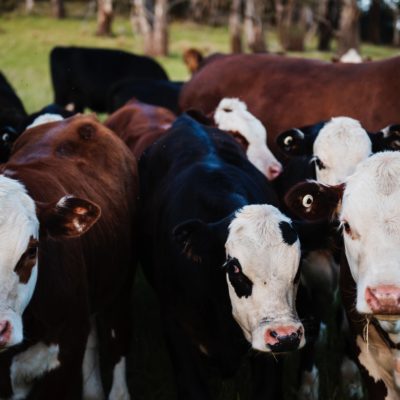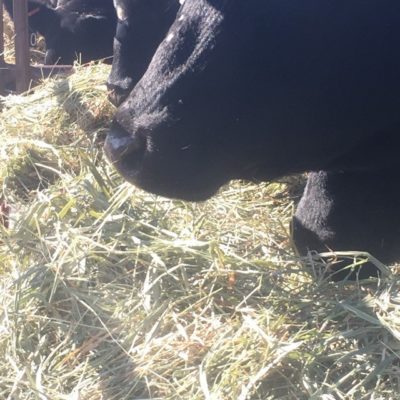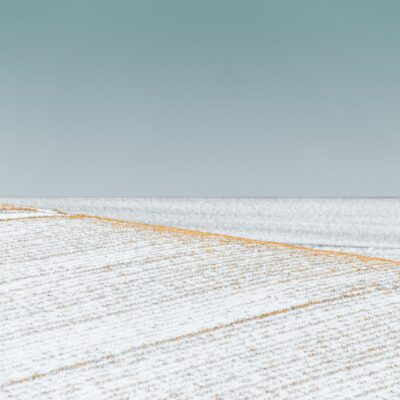Utility hay is low quality hay. Typically, hay categorized as utility hay is high in fiber and low in energy and protein.
Upon visual inspection, poor quality hay often contains seed pods, if it is a legume species, or seed heads if it is a grass species. Utility hay is hay that has been harvested past the boot or pre-bud stage. Producers often describe it as “stemmy.” Other reasons hay might be categorized as utility hay are high weed content, mold or other damage. Here are 4 tips for feeding utility hay:
1. Analyze the hay.
In order to make any decisions about how to use the hay, it is important to know the nutritional value of the hay. The key constituents to test are dry matter, crude protein, acid detergent fiber (ADF) and neutral detergent fiber (NDF). Dry matter is key to determine if mold or heat damage may be contributing factors to the reduced quality of the hay. If dry matter is above 20%, mold and heat damage should be considered. Crude protein is key in determining supplementation and/or mixing strategies to meet protein requirements of the animals being fed.
To determine the energy or total digestible nutrients (TDN) of the hay, ADF must be analyzed at a minimum, and more constituents could be tested to use a summative equation for TDN. It is important to know the energy value of the hay for supplementation purposes. Utility hay has high NDF (>44% dry basis) content, which is associated with lower animal feed intake. If the hay is utility due to high weed content, nitrates should also be analyzed to ensure hay is safe to feed.
2. Process the poor-quality hay.
Grinding can reduce the particle size of the forage. Reduced particle size increases the passage rate through the rumen. Consequently, intake is less hindered by gut fill and feed intake increases. Additionally, grinding utility hay with a higher quality hay can improve the nutritional value and quality of the resulting hay mix. If the utility hay was high in weeds and nitrates, grinding or mixing may be required to reduce the concentration of nitrates in the forage. If the hay is moldy, grinding may kick up mold spores, which can also be detrimental to human health. Be cautious when grinding moldy feed.
3. Feed utility hay to animals with lower nutrient requirements.
Feeding poor quality hay will require supplementation. Supplements are often expensive. Animals with low nutrient requirements, such as maintaining cows, early gestating cows or mature bulls, will require less supplementation than animals with high nutrient requirements, such as late gestating and lactating cows or growing and finishing steers. If the hay is moldy, it is imperative to avoid feeding it to animals sensitive to mold, such as horses or pregnant cows.
4. Mix utility hay with other feed ingredients.
Low-quality hay can be mixed with distillers’ co-products, such as wet distillers’ grains, corn syrup or modified distillers’ grains. These co-products are highly palatable and high in protein and energy. Low quality forages can be mixed with distillers’ co-products to meet animal requirements, stored and fed out as needed. Another by-product feed that could successfully be mixed with low quality forage to meet animal requirements is beet pulp. If mixing forage to reduce mold concentration, be sure not to mix too much and make animals sick with a feed they would otherwise refuse.
In summary, utility hay is never a producer’s first choice. However, if it must be fed, analyze it, process it, feed it to animals with low nutritional requirements and mix it with palatable ingredients. Make decisions about utility hay based on visual inspection and laboratory analysis. Feed to meet animal requirements. Always be cognizant of potential animal-health issues caused by mold or nitrates.
Originally Printed for Progressive Forage January 2020.




